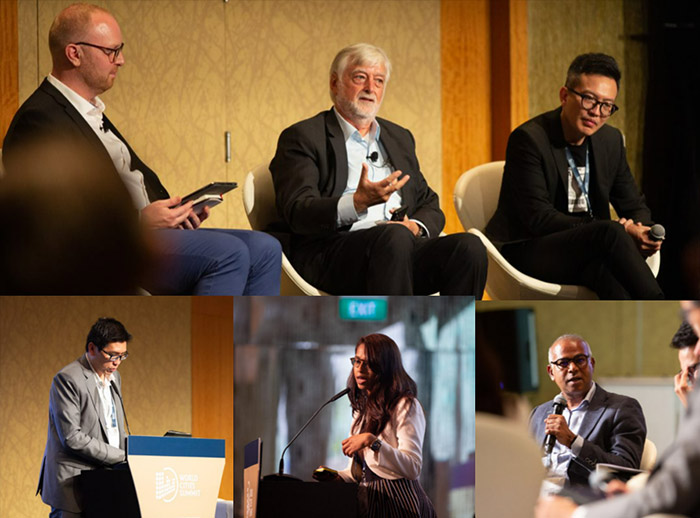
From top-left: Keynote speakers Mr Josef Hargrave (Director, ARUP Global Foresight) and Professor Alexander Zehnder (Former Emeritus Professor, ETH Zurich; Director, Triple Z Ltd. consulting), as well as Mr. Seah Chee Huang (CEO, DP Architects), Dr. Winston Chow (Associate Professor, Singapore Management University), Ms Pritha Hariram (Head of Water Infrastructure and Climate Adaptation Department, Ramboll Group), and Professor Veera Sekaran (Founder, Greenology Pte Ltd.) presented their research and shared their global policy and industry practice experiences in the second panel of the inaugural Science of Cities Symposium on the Science of Regenerative Cities. Keynote speaker Professor Yu Kongjian from Peking University and Turenscape Ltd. was also present virtually.
Panel 2: Science for Regenerative Cities
1. Regenerative cities require a paradigm shift to adopt a whole-systems, whole-of-community approach to enable the co-thriving of planetary and societal health
Regenerative cities are necessary to avoid extreme climate change and urbanisation impacts resulting from unbated human activities. To build a climate resilient city that delivers net-positive benefits to ensure the thriving rather than surviving society, we have to move beyond achieving net-zero greenhouse gas emissions, but to also repair, restore, and finally regenerate the multiple economic (e.g., various industries, business models), societal (e.g., public health, access to clean energy, water and food, human livelihoods, wellbeing) and ecological systems that have been compromised from climate change-associated impacts. To do so, regenerative solutions must be
delivered at multiple scales and across systems to enable
total circularity, and with the
consideration of multiple benefits and stakeholders’ interests (Figure 1).
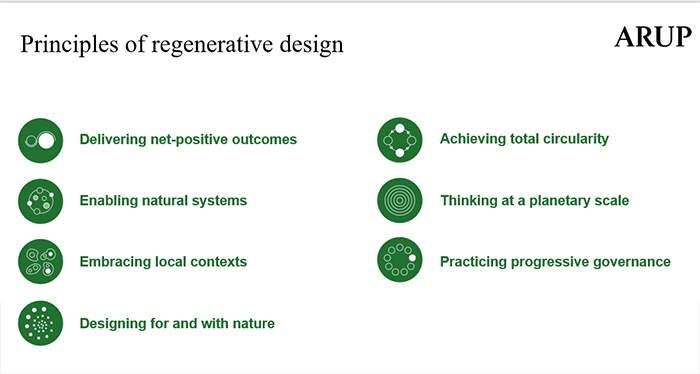
Figure 1: How regenerative cities differ from other forms of development with its holistic, nature-led principles. (Source: Josef Hargrave)
Mr. Josef Hargrave and Dr. Winston Chow noted that
natural systems and functions should be leveraged upon in designing regenerative solutions to enable efficient cycling and provision of some of these benefits, given that natural cycling and functions are self-sustaining components of a complex ecosystem. Examples of these range from using micro-algae to build low-carbon bio cement masonry blocks for buildings, to blue-green corridors that enhances the ecological and social wellbeing of surrounding communities.
Apart from design and innovation,
behavioural and social changes are vital to regenerative development (Figure 2). The use of integrated, inclusive, and progressive governance can be used to target both demand (e.g., participatory planning to enable achievable and accountable carbon-reducing behaviours while ensuring social safety nets, sustainable and climate risk-accounting business models) and supply (e.g., climate resilient and inclusive innovations, planning, building standards) enablers. This must be
conducted throughout the value chain, from governments, industry players, suppliers, customers, to innovators, researchers, and communities across generations. Knowledge transfer, sharing and building of evidence-based findings and practices are also critical in making the emerging concept of regenerative cities a reality.
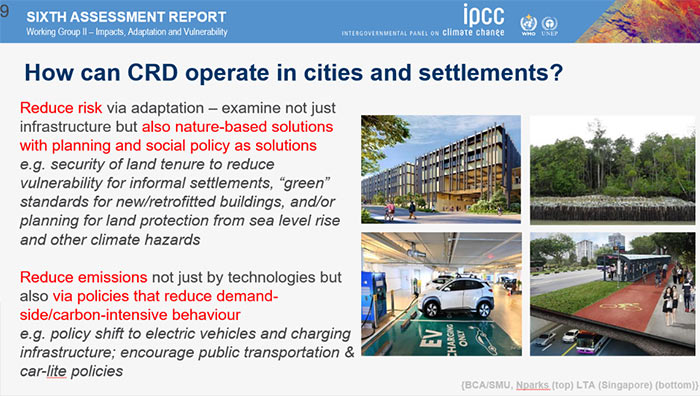
Figure 2: Importance of social-behavioural interventions, establishing partnerships, and optimising co-benefits in attaining climate resilient development and regenerative outcomes (Source: Winston Chow)
2. Leveraging on nature-based solutions to enable a climate-resilient, thriving future
Dr. Chow and Professor Yu noted that globally, grey infrastructure is still the business-as-usual development option, and even the go-to climate adaptation strategy. While it can address urgent problems efficiently, Professor Yu noted that they often incur negative externalities such as energy consumption, disrupting the natural balance, and is often limited in providing long-term disaster resilience.
Hybrid nature-based infrastructure can reduce these externalities.
Professor Yu and Pritha provided examples of water-resilient hybrid nature-based solutions, where ecosystem services are optimised using various blue-green typologies that
tap onto time-tested nature cycling functions and indigenous techniques in their ecological engineering designs (Figure 3). These can be
implemented across various scales, from parks, habitats, and even over entire river channels, coastal settlements, and seas. Multiple nature-based solutions can be implemented across the landscape to suit varying landuse and stakeholders’ specifications.
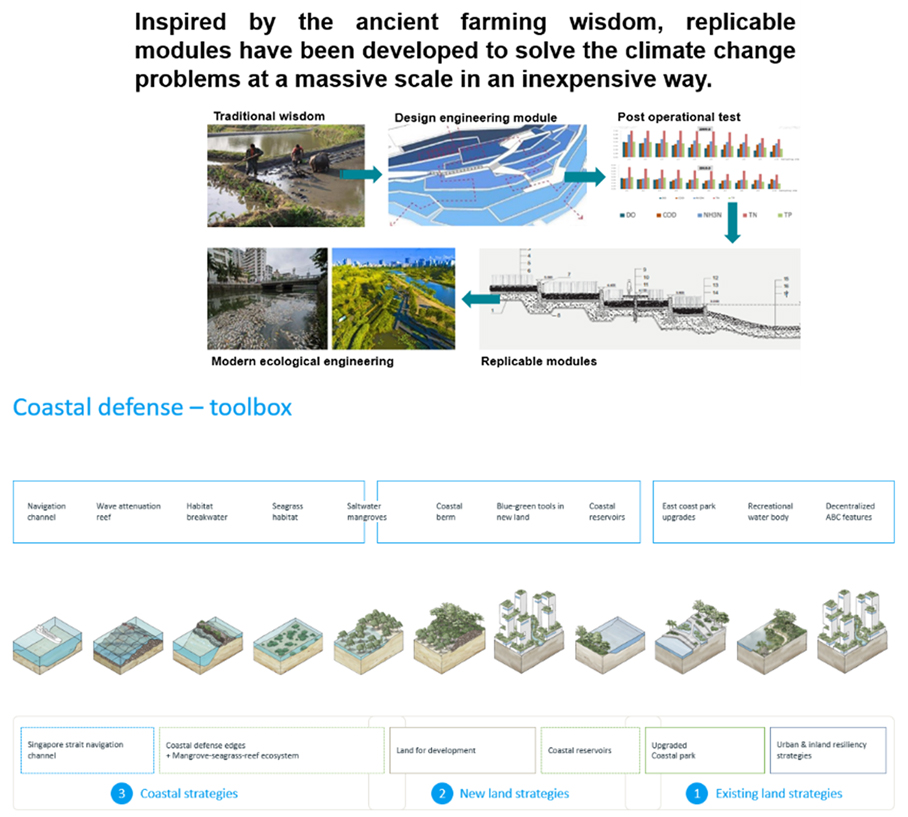
Figure 3: Use of farming techniques in Sponge City ecological engineering designs (Source: Yu Kongjian) and the toolbox of various coastal defence typologies and management strategies (Source: Ramboll)
Key to these various designs and strategies is the need for the regenerative principle of adopting an integrated, ecosystem approach in planning, innovation, and deployment of solutions. Different
interlinked pathways involving the various stakeholders and area’s systems must be considered and engaged, and
over the solutions’ life cycle (Figure 4). This would not just optimise environmental benefits such as wastewater remediation, stormwater regulation, and sea level rise protection, but also enable the social co-benefits of delivering publicly accepted designs, livelihood opportunities, activities, and even social cohesion enhancements.
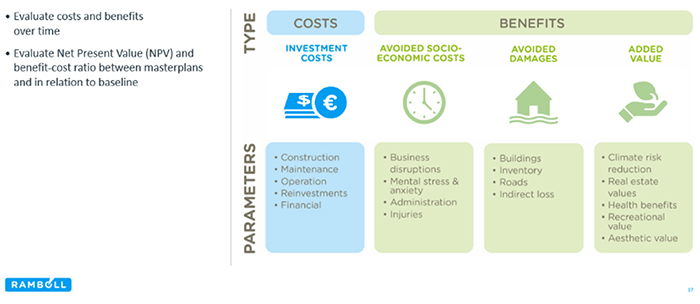
Figure 4: Apart from designs and master planning, a holistic cost-benefit analysis and scenario modelling can be done to evaluate various solutions, including nature-based solutions, over time (Source: Ramboll)
3. Using an easily communicable tool to enable the regenerative transition with Energy consumption accounting
While a regenerative city is a necessary aspiration to strive towards, many struggle to understand and apply its principles. Furthermore, many classic climate resilient/adaptation examples are easier to implement in newly planned cities, buildings, or communities, whereas longer planning, retrofitting, and adaptation may be required for brownfield sites. This could increase the barriers to shift to adopt regenerative solutions.
Professor Alexander Zehnder proposed that since
energy a familiar term used across various systems and stakeholders, it can be used to
rally individualised social responsibility in carbon management, a well-known currency used for climate adaptation, but still difficult for a layperson to conceptualise in his/her daily activities. Using a building as an example, energy is used across various systems and utilities, from lighting, air conditioning and heating, ovens, computers, to power to generate electricity and pump clean water, to energy production to construct building materials from concrete and bricks to glass, steel, and plastic. The embodied and operational
carbon of these materials can be reduced from upstream regulations and standards, design and innovation, supply, all the way
down to individual user choices. Using the Nanyang Technological University campus and ForumChriesbach building in Switzerland as case studies, Professor Zehnder demonstrated how energy accounting can result in the optimisation of various ‘low-hanging fruits’, from switching to energy-efficient appliances to improving plug-load management and eco-friendly user behaviours, reducing energy intensity and approximate emissions by as much as 35% and 40 kg CO2e/m2 a year within a span of nine years (Figure 5). The implementation of building carbon emission calculations and standards for building energy saving in China is an upstream, regulatory example that can result in similar positive cascades, not just reducing greenhouse gas emissions, but also translating to other environmental, economic, and social benefits and opportunities.
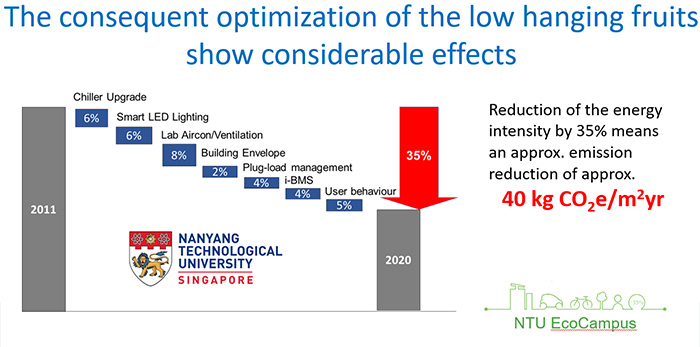
Figure 5: How the implementation of energy consumption accounting in the NTU campus resulted in energy savings and consequently reduced carbon emissions (Source: Alexander Zehnder)
4. Regenerative designs can enhance communal-ecological benefits in neighbourhoods
Regenerative solutions need not have climate resilience or environmental enhancements as its primary focus. Employing
regenerative designs in communal architecture can also play a significant role in
rejuvenating the heartlands, advocating citizen engagement, and strengthening social compact. Mr. Seah presented how the regnerative principles of adopting a systems approach in designing integrated community hubs (Figure 6).
A
whole-of-society approach using partipatory design and governance, as well as study of
Inter-dependecies of systems and stakeholders upstream to maximise synergistic positive outcomes. This can help uncover overlapping roles of stakeholders that could be streamlined, co-shared amenities and activities, as well as identify new collaborations and joint programmes across multiple agencies, facillities, activities, as well as beneficiaries in the community. Using Our Tampines Hub and Bukit Canberra as use cases, Mr. Seah demonstrated that adopting regenerative principles can also
optimise multiple social and ecological capacities of the land. These strategies have not only enhanced land productivity, but also fostered stronger social cohesion and wellbeing with efficient and inclusive governance structures, while also enabling synergistic thriving human-nature interactions and outcomes.
Solutions deployed to attain regenerative communities should also be diverse to
attain close-looped circularity with as much self-sustianing capacities as possible. This can come from the use of smart solutions and energy-efficient technologies, to the implementation of resource-recycling management and tools.
Lastly, the design of regenerative community hubs should
harmonise, and thus enable co-evolution of the human and the wider, natural system surrounding it. This is due the neighbourhood being a mere component of the natural system, making the syncing of designs and processes of the community infrastructure to nature pivotal to fully actualise the regenerative potential and its multiple social-ecological benefits it can deliver.
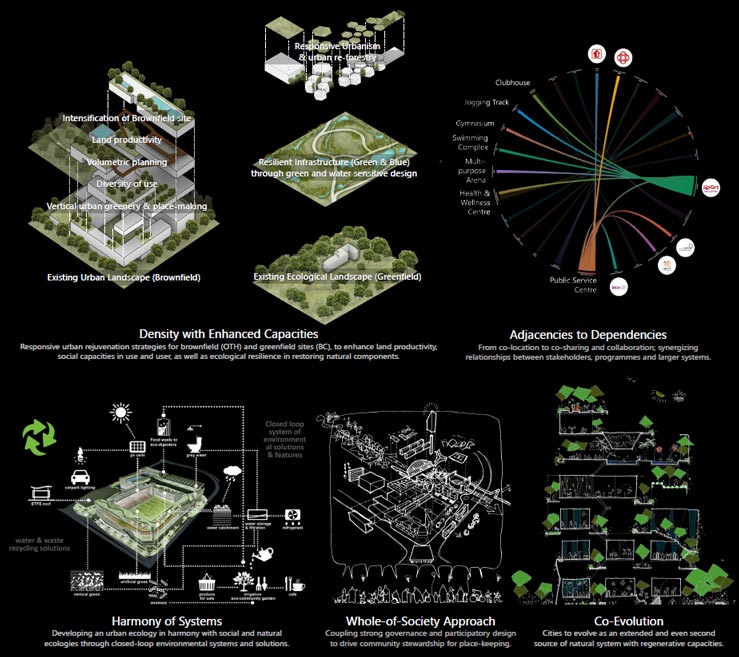
Figure 6: Regenerative principles adopted in maximising social and ecological capacity in two integrated community hubs (Source: Seah Chee Huang)
5. How the consideration of the smallest of citizens can make a big difference to enabling regenerative outcomes
From
macro policies and city-wide designs and buildings, these visible products are often in focus when designing regenerative solutions. This
could unintentionally disregard the health of an ecosystem as the different players that contributes to its overall health are missed. Professor Sekaran argues that
soils and their microbiome are an example of key micro-players, given their self-sustaining, natural restorative mechanisms strongly affects the healthy functioning of ecosystem services, from providing ample shade and air and water regulation, to boosting food provisioning, immunity-boosting, and wellbeing capacities from healthy flora and fauna.
Professor Sekaran noted that our
highly built-up, artificially created landscapes have lost the biocapacity to nourish soil microbiomes as they often degrade the soil. Nevertheless, human innovations can also restore and regenerate the health of these soil and our built environment.
Soil systems bear a close resemblance to the complex, highly inter-dependent networks between soil-dwelling micro-organisms, their growth and diversity, and exudated organic chemicals that contribute to nutrient functioning and cycling, as well as health status of the plants and animals that are reliant on these soil communities.
Hence, coming in the form of
Internet of Trees (IoT) and Green Intelligence sensors (Figure 7), the networks, functions, and health of soil microcosms can be elucidated, ensuring a truly whole systems understanding to build regenerative cities in the long run.
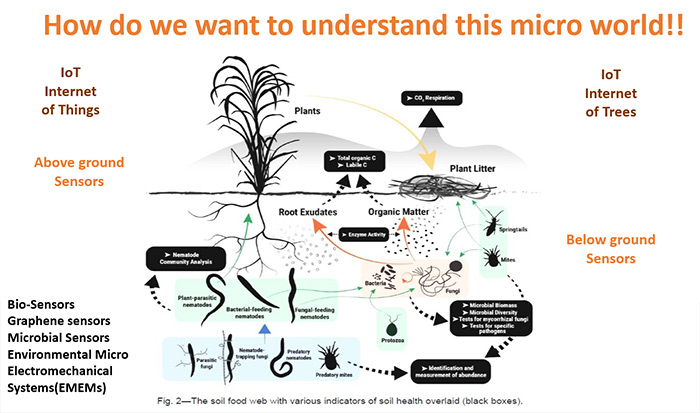
Figure 7: How the use of technology can rehabilitate degraded urban soils and enable regenerative cities through the bio-restorative mechanism of healthy soil microbiome communities (Source: Veera Sekaran)
Writer’s Bio:
Claudia Tan
Manager (Research)
Centre for Liveable Cities
Claudia is a researcher in the CLC, where she works on topics related to nature-based solutions, eco-sensitive planning, climate-resilient communities, regenerative cities, and complexity science.